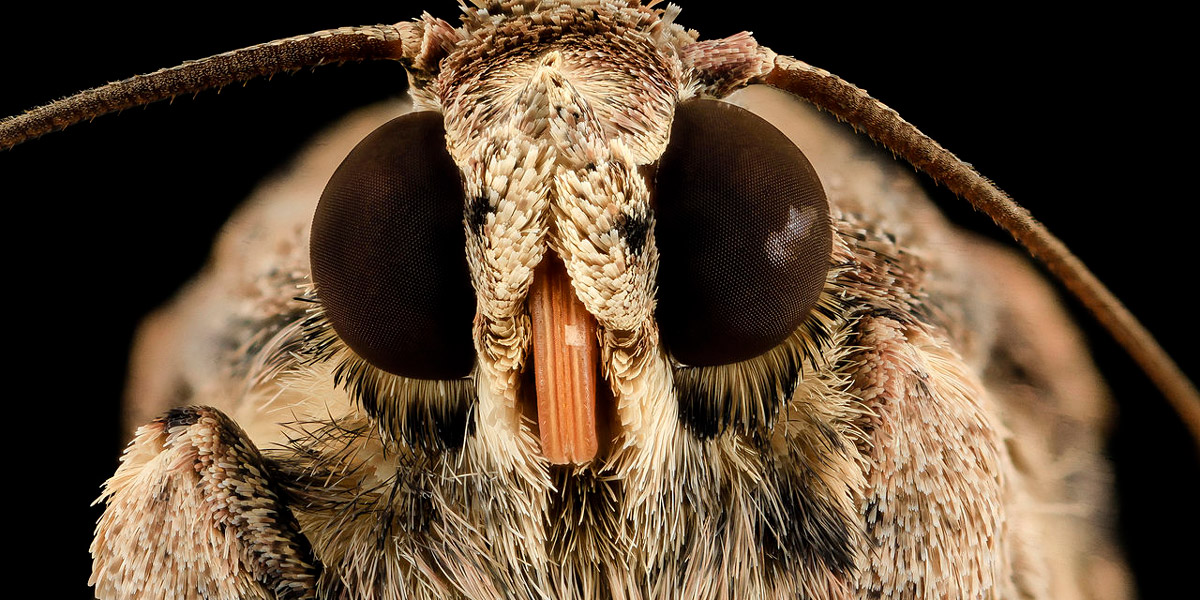
African countries are being pushed to adopt a failed technology
GMO proponents are pushing GM Bt corn in Africa as a solution to the fall armyworm pest, which has been rapidly spreading across the continent.
But a new study from Brazil shows that this GM technology is already redundant. The study found frequently occurring and significant levels of resistance in the fall armyworm to the Cry1F insecticidal protein used in GM Bt corn. Five of the eight populations surveyed exhibited significant resistance levels, which were over 32 times higher than that of the standard susceptible laboratory strain. Cry1F resistance gene variants were identified in all eight of the populations tested.
The fall armyworm populations with lower susceptibility to Cry1F were derived from Brazilian regions of intensive corn production, indicating that such low susceptibility is likely associated with past genetic selection through exposure to Bt corn or Bt-based sprays. The frequency of the gene variant for resistance was lower in regions “with more diversified agroecosystems”.
The researchers note that Cry1F corn fails to express high enough levels of the Bt toxin to kill the fall armyworm, allowing those individuals that carry the resistance gene variant to survive and breed, thus accelerating the accumulation of the resistance gene variant in the population.
The researchers also cite findings that fall armyworms that are resistant to Cry1F also quickly become resistant to other Bt toxins in GM crops, in a phenomenon known as cross-resistance.
The study (see abstract below), which was part-funded and supported by DuPont, concludes that the results show “a challenging situation for resistance management”.
The researchers recommend improvement and reinforcement of the refuge strategy, in which non-Bt crops are planted alongside or within the Bt crop fields in order to maintain Bt-susceptible pest populations. However, this strategy too is failing to prevent resistance in the rootworm pest.
The researchers also recommend insecticide spraying. This is not a new strategy. Tabashnik (2008) reported that while the cotton bollworm pest has evolved resistance to another type of Bt toxin, Cry1Ac, in GM cotton, this has not caused widespread crop failure because “insecticides have been used from the outset” to control the pest. Thus farmers are paying higher prices for GM insecticidal traits in seeds and then paying again for insecticides, which the GM insecticidal traits were supposed to make unnecessary, in order to save their crops.
---
Magnitude and allele frequency of Cry1F resistance in field populations of the fall armyworm (Lepidoptera: Noctuidae) in Brazil
O. F. Santos-Amaya, C. S. Tavares, J.V.C. Rodrigues, T. C. Souza, N. Rodrigues-Silva, R.N.C. Guedes, A. P. Alves, and E.J.G. Pereira
Journal of Economic Entomology, 110(4), 2017, 1770–1778. doi: 10.1093/jee/tox146
https://www.ncbi.nlm.nih.gov/pubmed/28535300
Abstract
Bacillus thuringiensis (Bt) corn producing the Cry1F protein was the first highly efficacious Bt corn deployed against the fall armyworm Spodoptera frugiperda (J.E. Smith) (Lepidoptera: Noctuidae) in Brazil, but reduced efficacy of this technology against the fall armyworm has been reported in some regions of the country. Here, we surveyed Cry1F resistance allele frequency and susceptibility of eight S. frugiperda populations collected in 2013 from non-Bt fields in different regions of Brazil. In F1 screen experiments, the overall frequency of the Cry1F resistance alleles in Brazilian populations was estimated at 0.24, with 95% credibility interval between 0.18 and 0.25. In concentration–response bioassays, five of the eight populations surveyed exhibited significant resistance levels, which were over 32 times higher than that of the standard susceptible laboratory strain. The estimates of Cry1F resistance allele frequency were positively correlated with those of median effective or lethal concentrations (i.e., EC50 or LC50). These results show that the allelic frequency and the magnitude of Cry1F resistance are high in field populations of S. frugiperda in Brazil, indicating a challenging situation for resistance management.










